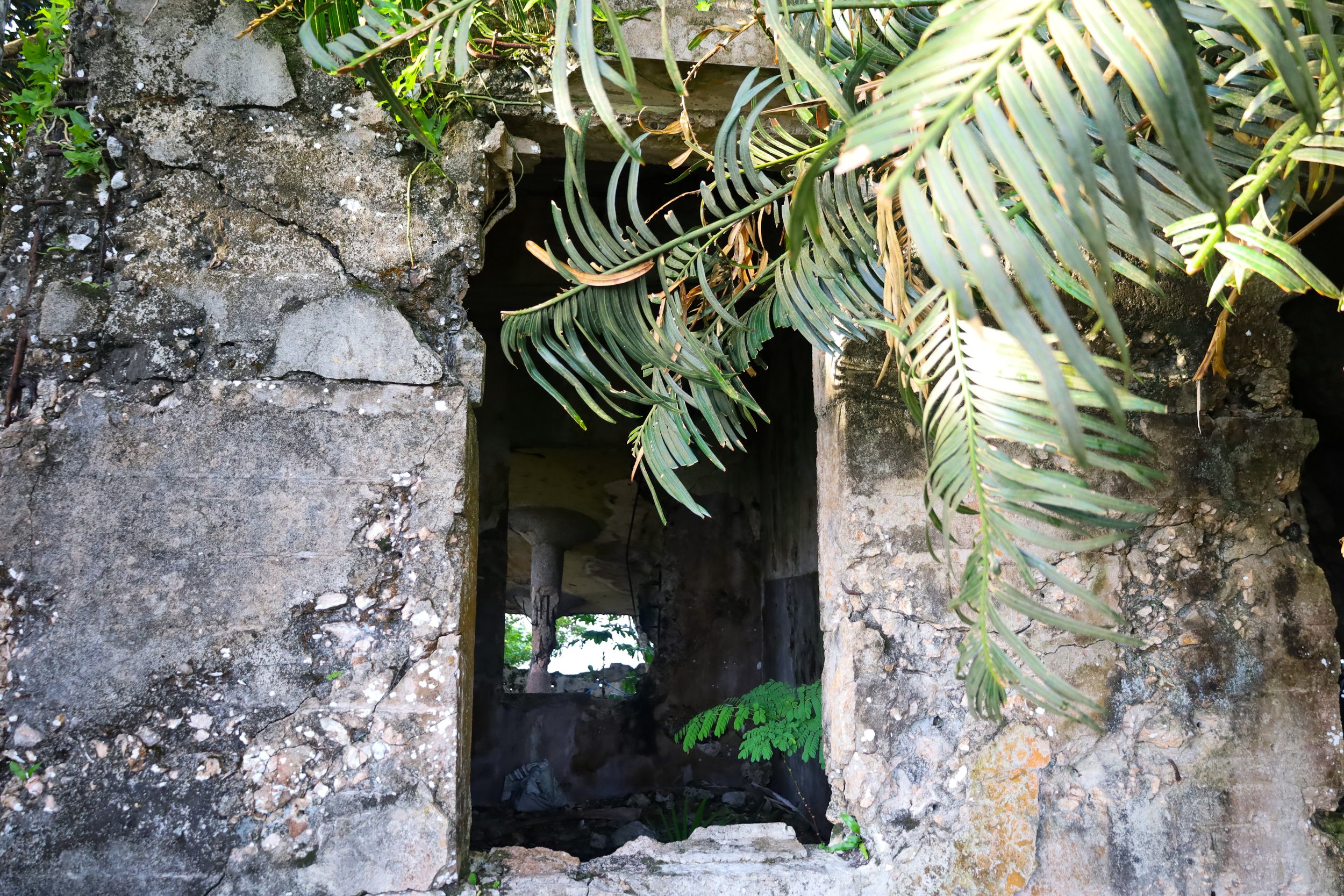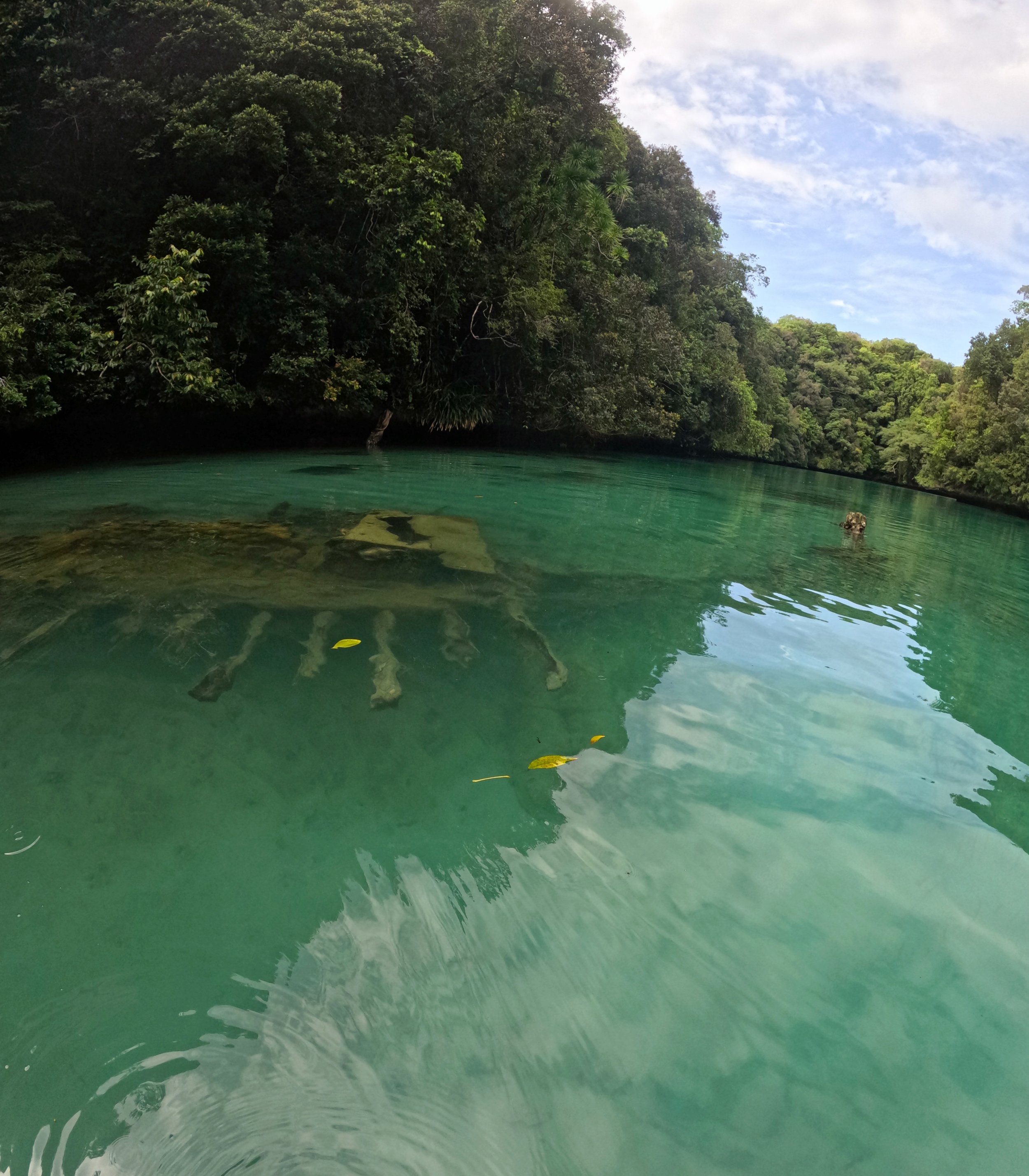Exploring WWII History in Palau: Must-Visit WWII Sites in Palau
WWII Japanese Lighthouse in Palau
Palau, a stunning island nation in the western Pacific, is best known for its crystal-clear waters, lush jungles, and vibrant marine life. However, beneath its tropical beauty lies a history shaped by one of the most intense conflicts of World War II. During the war, Palau was a strategic base for the Japanese. In WWII, Japan controlled Palau, establishing military bases, airstrips, and extensive fortifications across the islands.
The most infamous battle in Palau’s history took place on Peleliu in 1944, where U.S. Marines and Army soldiers fought one of the bloodiest campaigns in the Pacific. The island’s rugged terrain made it a brutal battlefield.
Today, Palau offers history buffs and adventure seekers a chance to step back in time, exploring abandoned Japanese bunkers, wartime relics, and even sunken ships and planes resting beneath the water. If you’re interested in WWII history in Palau, here are the top WWII sites in Palau you won’t want to miss.
1. Peleliu: The Site of One of WWII’s Fiercest Battles
Peleliu Island is one of the most historically significant WWII sites in Palau. In 1944, it became the battleground for a brutal fight between U.S. and Japanese forces, known as the Battle of Peleliu. The battle lasted over two months, leaving behind haunting reminders of the war. Peleliu can be explored on a guided tour, where local experts share chilling stories of the battle’s toll on both soldiers and civilians.
2. Japanese Lighthouse: A Panoramic WWII Lookout
Perched on a hill, the Japanese Lighthouse is a fascinating WWII site in Palau. Built by the Japanese in the 1940s, this strategic lookout offered sweeping views of the surrounding waters to monitor enemy movements. Today, the lighthouse is in ruins, beautifully reclaimed by nature. Visit just before sunset for spectacular views.
3. Japanese Communications Centre: A Glimpse into WWII Operations
Another historical landmark on Koror is the Japanese Communications Centre, a concrete structure that once played a key role in military operations. Used for radio communications during the war, the building still stands. The thick, battle-scarred walls are a testament to its resilience. Visiting this site gives you a glimpse into the wartime infrastructure the Japanese built across Palau. It’s a quick stop but well worth seeing for those interested in WWII history in Palau. You can visit this site on your own, or join an Experience Airai tour (highly recommended) for an informative experience and a much smaller admission fee.
4. WWII Shipwrecks & Plane Wrecks: Snorkel Through History
One of the most unique things to see and do in Palau is snorkelling around WWII wrecks. Scattered across the shallow waters of Palau’s lagoon are sunken ships and aircraft, now transformed into artificial reefs teeming with marine life. Exploring these WWII wrecks in Palau is an unforgettable experience, blending history with the natural beauty of Palau’s underwater world. Kayaking through the Rock Islands is a fantastic way to explore these sites, as well as hidden bunkers. Consider a self guided kayaking tour with Paddling Palau, where the team will provide you with a map and highlight the best WWII spots to visit and snorkel.
Palau isn’t just a tropical paradise; it’s also a destination steeped in history. From the battle-scarred landscapes of Peleliu to sunken WWII relics beneath the water, these sites offer a powerful look into the past. Whether you’re a history buff, a snorkeller, or just someone looking for unique things to see and do in Palau, these WWII sites will leave a lasting impression.
If you’re planning a trip to Palau, make sure to set aside time to explore these remarkable WWII landmarks… you’ll walk away with a deeper appreciation of the island’s past and its role in shaping world history.
Disclosure: This blog includes affiliate links. I will be paid a commission if you use these links to make a purchase.









